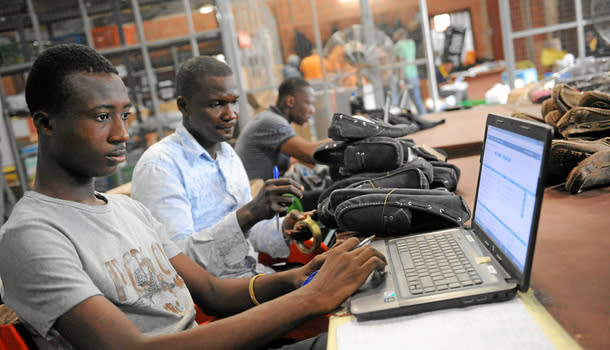CRTC report reveals Canada’s digital economic divide

The Canadian Radio-television and Telecommunications Commission’s annual report on the state of communications in Canada focuses stark attention on the have-nots in Canadian society.
The 2013 edition of its Communications Monitoring Report continues the CRTC’s tradition of tracking how Canadians communicate with each other, how they consume broadcast content, where they consume it, and how much they pay for it. With the accelerating penetration of Internet-, social media-, and mobile-based technologies, the report has become an important guide to the changing Canadian telecom landscape.
“It is interesting to note that Canadians' habits are evolving,” CRTC Chairman Jean-Pierre Blais wrote in a press release. “More Canadians than ever are watching and listening to content on their computers, smartphones and tablets, yet the vast majority of programming is still accessed through traditional television and radio services.”
1 in 5 households left out
Assuming they can afford to go online in the first place. Of Canada’s 13.9 million total households, 79 per cent of them have an Internet subscription. That leaves the remaining 21 per cent, or 2.9 million homes, completely disconnected from the digital economy when they’re not otherwise at work, school, library or similar public and wired location.
The numbers become even more worrisome given society’s increasing reliance on Internet-based technologies and services for basic tasks like banking, employment applications and even paying for transit. As private companies, public services and government agencies alike increasingly shutter traditional brick-and-mortar or paper-based delivery methods in favour of more cost-effective online services, offline Canadians are increasingly marginalized.
“Everything points to it being an income based divide,” says Mark Goldberg, a Thornhill, Ont., telecom consultant and founder of the annual Canadian Telecom Summit. “Roughly 50 per cent of households in the lowest income quintile have no home computer, and therefore no need for a broadband connection. So that explains who are half of the 21 per cent. The rest are distributed as you would expect by income and age.”
Goldberg says public policy initiatives have fallen far short of addressing this growing need.
“Government has been completely silent on tackling the income-based digital divide. It is easier, and more politically expedient, to set up programs for rural broadband - you hand out a ceremonial cheque to a mayor with the local MP,” said Goldbeg. “Problem is that this hands out tax dollars based on geography, not based on need. It perpetuates the patronizing view that rural Canadians should have the same costs for some services as urban Canadians, without consideration to the real need.”
More investment needed
With the CRTC report showing over half of low-income households spending over 8 per cent of their income on communications, Goldberg says the need for action is acute. He pointed to a Rogers-led pilot program, Connected for Success, that launched this summer, as an example of the kind of partnership that can narrow the connectivity gap.
The program, part of the Rogers Youth Fund, provides Toronto Community Housing residents access to $150 refurbished computers and $9.99-per-month broadband services. It ensures students, youth, seniors and families who otherwise wouldn’t be able to afford to get online can, in fact, do so.
“How do they do homework and compete without it?” asks Goldberg.
A Western University study in London, completed earlier this year and based on Statistics Canada 2010 data, reinforces the depth of Canada’s digital divide. The study concluded just 60 per cent of respondents who earn below $25,000 reported Internet use in the previous year compared. This is in stark contrast to the 95 per cent of $100,000-and-over earners who had been online.
The issue extends beyond individual levels of Internet use, as lower levels of online penetration can compromise global economic competitiveness.
Carmi Levy is a London, Ont.-based independent technology analyst and journalist. The opinions expressed are his own. carmilevy@yahoo.ca

 Yahoo Finance
Yahoo Finance 
